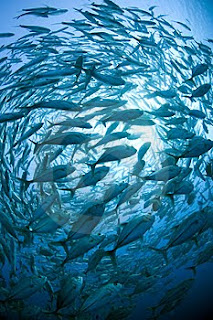Shuttle Primer
Don't know much about the shuttle program's history? MIT's OpenCourseWare provides the perfect place to start: a guest lecture from 2005 by leading space science historian John Logsdon . The lecture works on two levels now. It's an excellent primer on shuttle history, first and foremost. I learned quite a bit---in truth, I had given very little thought to the origins of the shuttle up until recently. The complex institutional negotiations involving NASA, Nixon's OMB, and the various aerospace firms tell a particularly interesting story about the origins of big national science programs. The lecture also serves as a piece of history in its own right. Logsdon salts the conversation with references to the plan for space exploration then just recently announced by President George W. Bush---a plan that would hold NASA funding steady while making it a priority to get Americans back on the moon (and very eventually on Mars). As you've no doubt heard, the Obama admi...

